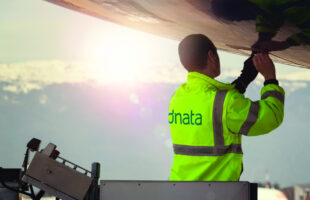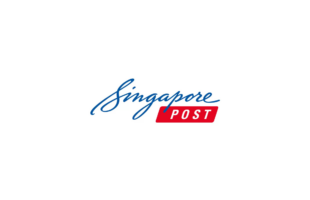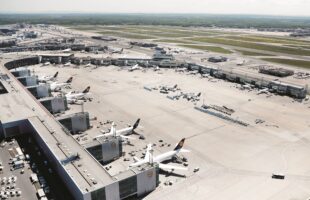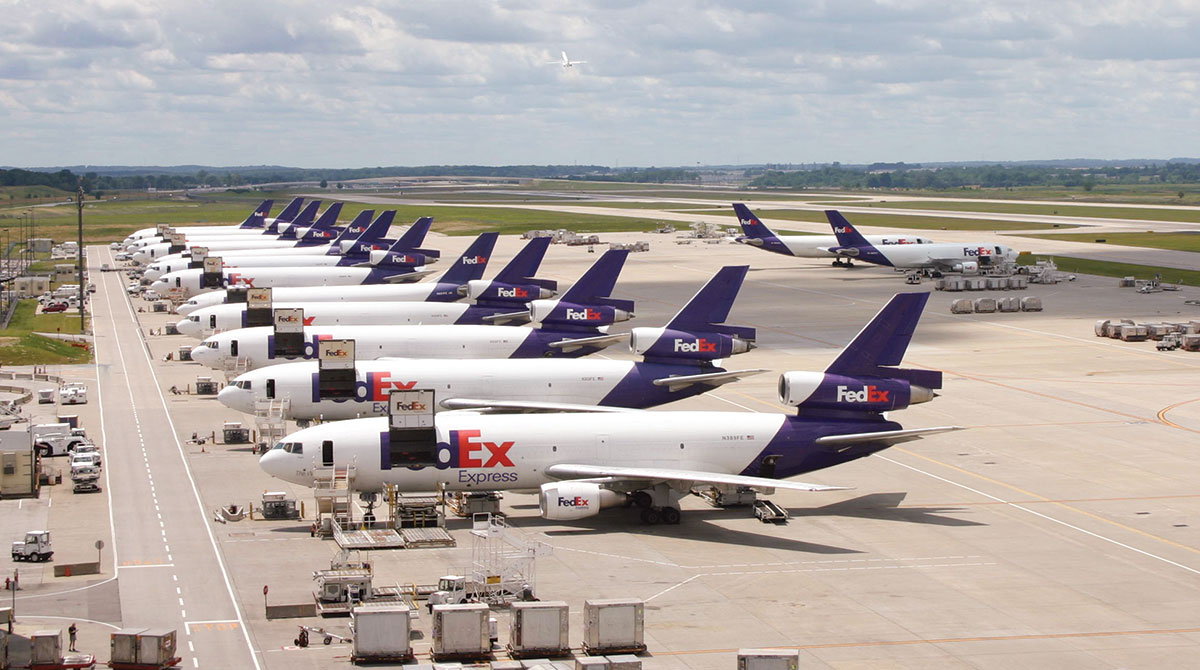
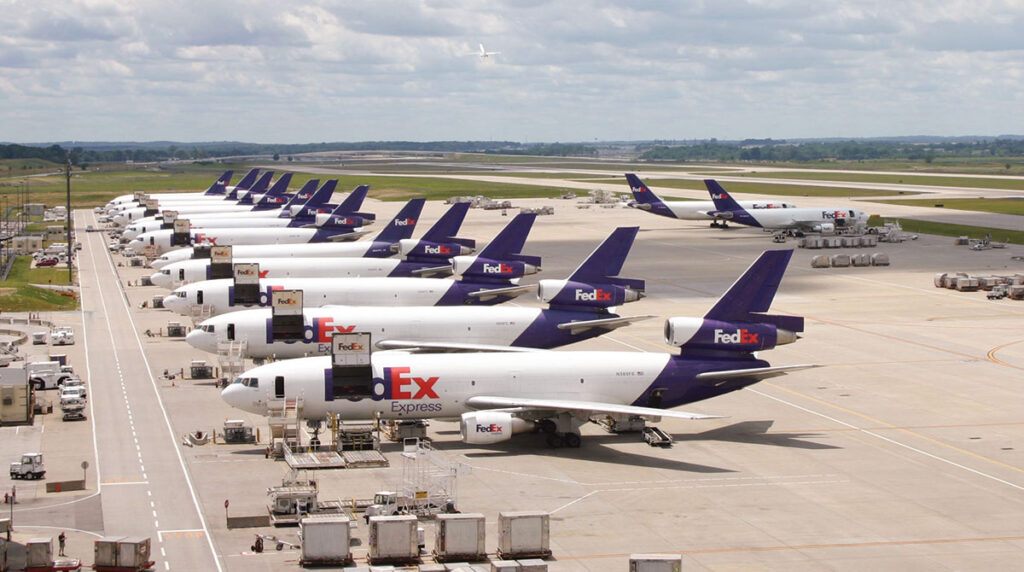
After more than two years of pandemic-wrought turbulence, the global aviation industry—including the critical maintenance, repair and overhaul (MRO) sector—has reason for good cheer, with travellers all around the world planning their dream vacations.
Countries have begun to open their borders once again, as we move towards a post-pandemic world with global MRO spend forecasted to grow annually by 4.4 percent between 2022 and 2032 as skies are filled with the roar of jet engines.
The Asia-Pacific region, in particular, is anticipated to register a compound annual growth rate (CAGR) of over 5 percent during the forecast period of 2022 to 2027. Over the next two decades, global demand for new technicians will increase by approximately 50 percent. In Asia, a projected 249,000 more maintenance technicians will be required by 2040, from the estimated 410,000 in 2020.
The MRO sector is transitioning to a new phase in the post-pandemic era. To meet the growing maintenance demand, operators must establish and implement new strategies. Ensuring that critical aircraft parts are delivered to them in the quickest time possible has never been more imperative.
New generation of aircraft
There is a growing percentage of new-generation, long-haul narrow-body aircraft, replacing older wide-body types. Growth in aviation will be concentrated in Asia, particularly China, as it becomes the largest global market for air travel and the new centre of global aviation activity.
The bulk of the fleet expansion, comprising narrow-body aircraft such as Boeing’s 737 MAX and Airbus’ A320neo, will represent over two-thirds of the entire global fleet by 2029.
These new generation jets are 15–20 percent more fuel-efficient and are often engineered with advanced technologies that could potentially improve profitability. In the short term, there will be a decrease in MRO spending as newer and more efficient aircraft require less servicing as opposed to older ones. In the medium to long term, MRO spending will be higher as it is costlier to maintain, replace and repair the newer technology and limited parts.
Boost in MRO outsourcing
Due to the current economic climate and rising operating costs, airline operators are looking at ways to move from high fixed costs to a more variable cost base. One approach, for example, would be to reduce in-house MRO services and to outsource them instead. Airline operators could save costs by only engaging maintenance companies when needed as opposed to maintaining in-house technicians every month.
However, MRO players have limited space or warehouse slots and may not be able to meet the influx of demand as more airlines choose to outsource them. Moreover, there is a shortage of technicians in the industry which may present some delays.
That said, the industry presents opportunities for growth, and MRO operators should bear in mind several short and long-term goals that tap into these opportunities.
In the short term, as countries open up their borders and demand for air-travel picks up, airline operators will haul their aircraft out of storage and restart cabin upgrade projects that were put on hold over the past few years. MRO operators should ensure there are sufficient spare parts and mechanics available to meet the surge in demand and avoid delays.
The Covid-19 pandemic continues to generate uncertainty, and some countries may still be subject to lockdowns and border restrictions. In the long term, MRO operators need to have prompt measures in place to be able to adapt and react swiftly to resulting supply chain disruptions. One way of doing that is by upgrading inflexible legacy MRO systems to newer and more efficient technologies, such as cloud, to streamline processes and improve inventory management.
In terms of digital transformation, MROs and maintenance departments have lagged compared to other players like aircraft and engine OEMs (original equipment manufacturers) due to strict regulations, lack of priority and traditional work processes. However, organisations and regulators are now looking at ways to implement technologies that improve efficiency, reduce aircraft downtime, and support remote working norms.
Implementing a good MRO strategy directly affects the bottom line as it eliminates inefficiencies and reduces costs. Transport providers need to be nimble in delivering the OEMs and aftermarket spare parts as required, so that airline operators can instantaneously service their fleets. In addition, MRO operators would also need to plan and mitigate any supply chain constraints in the event of unforeseeable disruptions.
The MRO industry faced significant challenges for the past couple of years and appears to be on the path to recovery and growth. Although industry players will face new challenges that will test their resilience, they should also prepare to tap into opportunities given the expected rise in demand for such services.
Without doubt, the MRO sector plays a critical role in post-pandemic recovery by ensuring aircrafts are properly serviced to meet passenger and freight demand. Whether we will finally be able to go on that dream holiday abroad or have our goods delivered on the dot is, to a certain extent, in their hands.
Words by Eric Tan, Managing Director, FedEx Express Singapore





